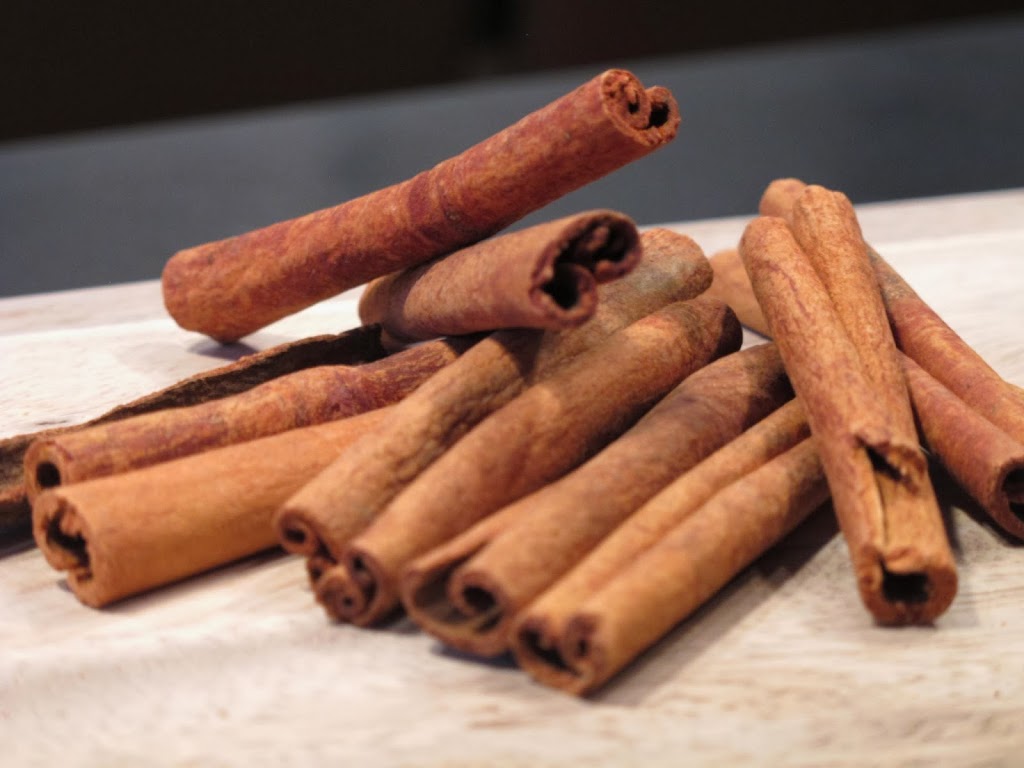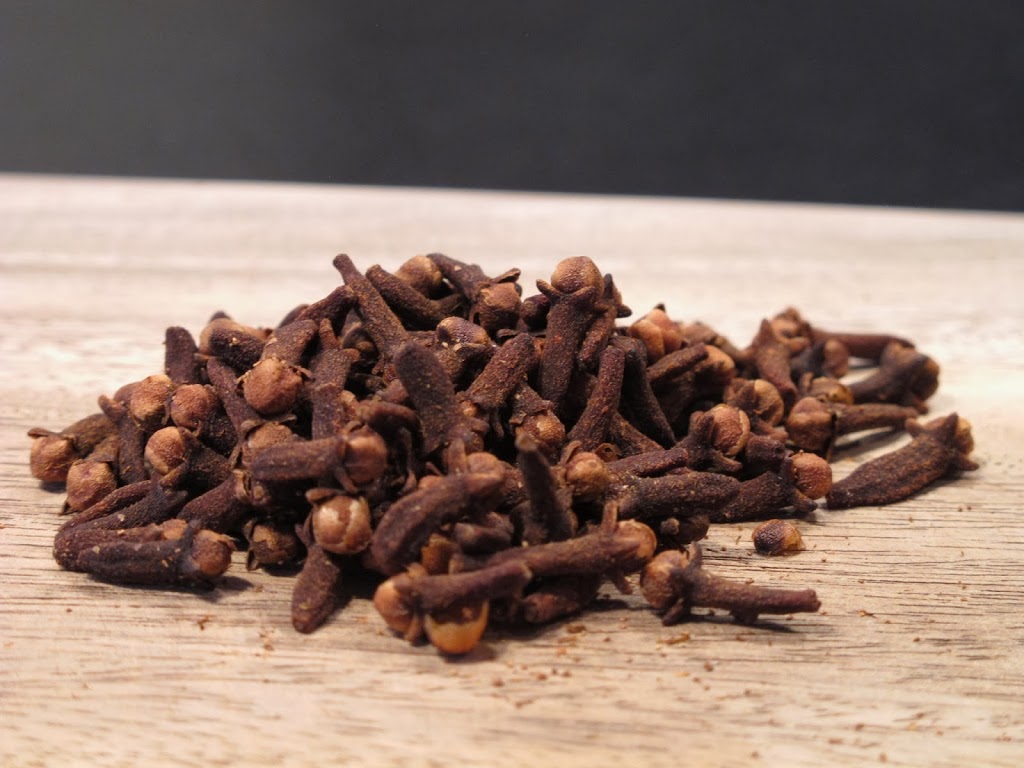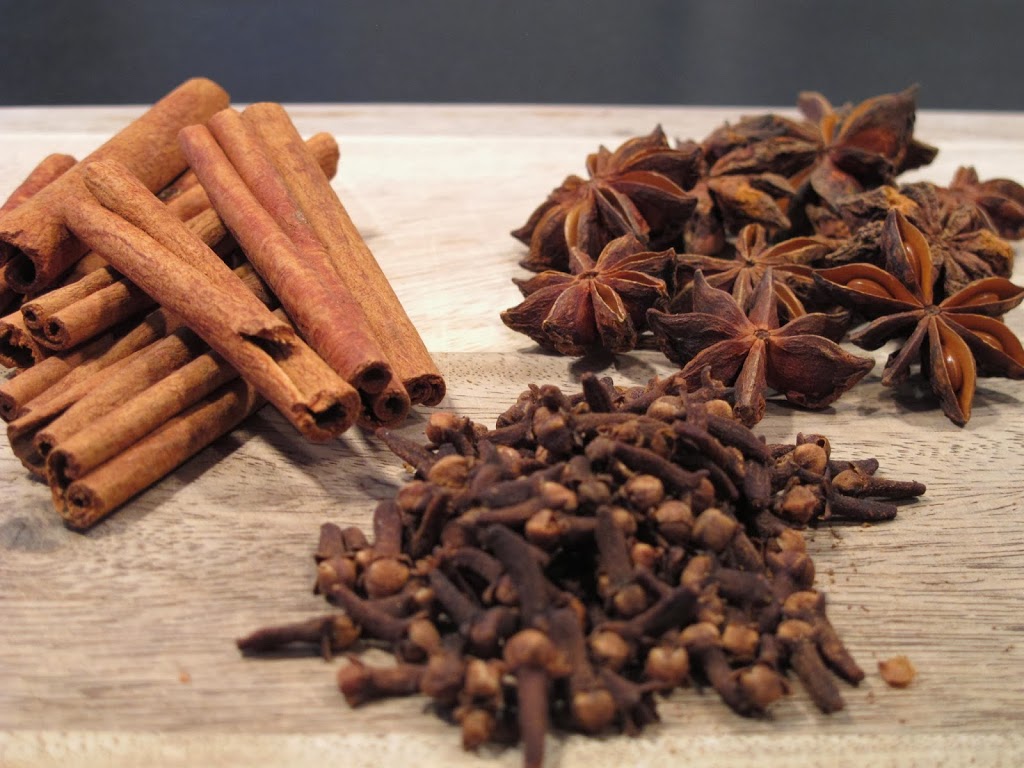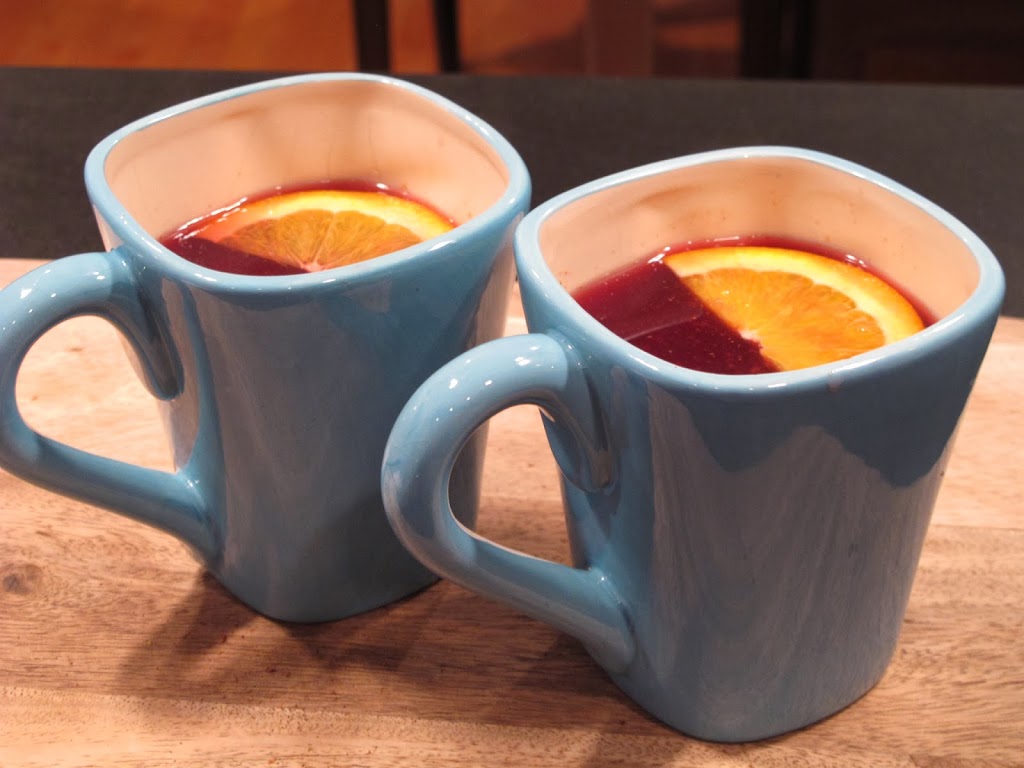 |
| Star Anise |
Star Anise is the most showy of these spices. The woody pod is the star shaped fruit of the Illicium velum tree, a broadleaf evergreen tree native to Southwest Asia. The scent is of licorice or anise (if you’ve ever had Sambuca or Pastis, you’ll recognize the aroma). It is commonly used in Asian cooking, but today, it imparts loads of flavor to my winter Gluhwein.
 |
| Cinnamon Sticks |
Most of us know cinnamon well, it stars in all sorts of baked goods from apple pies to cookies. The thing about cinnamon (and these other spices) is that they are fragrant and flavorful without being sweet. Cinnamon is often ground for use in baking, but for mulled wine I threw a whole stick into the pot.
Cinnamon is actually the inner bark of trees from the Cinnamomum family. I’ve started to see different varieties of Cinnamon at the grocery store including Korintje, Vientnamese, and Ceylon. I don’t know the culinary difference, but horticulturally these are all from trees in the same family, grown in tropic or subtropic areas.
 |
| Cloves |
Cloves are another, incredibly fragrant, spice. They are the flower bud of the Syzgium aromaticum tree, found in Indonesia. This tree is also a broadleaf evergreen with bright red flowers. I have this distinct memory of making pomander balls as a kid by poking cloves into oranges. We made these, in my house, as a holiday decoration. Hung from ribbons or just set in a bowl they impart a wonderful fragrance to your house for the holidays.
 |
| The trio of spices for my mulled wine |
 |
| Gluhwein simmering |
The recipe I tried out is from Ina Garten, and it was fantastic! I ended up halving the recipe which worked just fine.
2 cups Apple Cider
Half a bottle red wine
1 cinnamon stick
1 star anise
2 cloves
the zest and juice from half an orange
1 Tbsp honey (I was concerned this would be too sweet so I went a little lite on the honey)
You bring the mixture to a boil, then reduce the heat and simmer for 10 minutes. I added an extra step and strained the wine before serving it, to remove the zest and whole spices. Topped with a bit of fresh orange it was so tasty, I can’t wait to make it again! And, I think, it really showcases the warmth and aroma of the plant derived spices we love so associate with winter.





